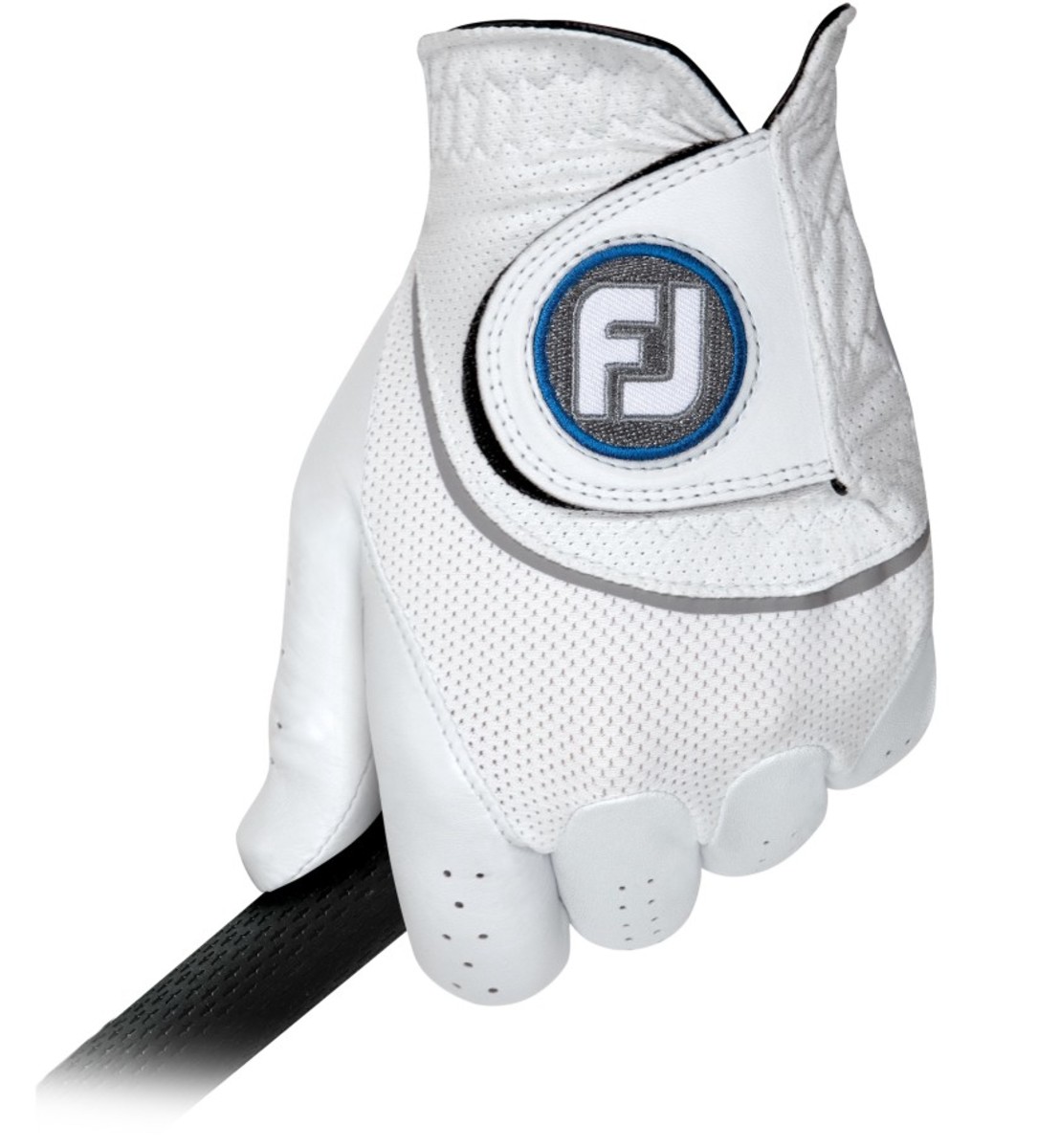FootJoy coordinates hand, foot movement with new glove, shoe

Sam Snead, considered by many to have had the best golf swing ever, called footwork the game’s “forgotten fundamental.” In his book, “The Game I Love,” Snead talks about how during the 1942 Masters he played two holes barefoot, saying that doing so improved his rhythm and timing. He birdied both holes, though Augusta National officials were not pleased with this breach of tradition.
Similarly, Ben Hogan, the game’s avowed greatest ball striker, didn’t wear a golf glove, which allowed him to have better feel, sense, and control the golf club with his bare hands.
If these two legends had access to the kind of scientific research and performance features built into FootJoy’s newest HyperFlex golf shoe and HyperFLX glove, Snead could have kept his shoes on and Hogan wouldn’t have suffered as many bleeding blisters on his hands, however legendary they have become.
Indeed FootJoy, which only produces golf gear, has always strived to design its gloves and shoes to facilitate a sound connection between the golfer’s hands and club as well as between their feet and the ground. Without such golf-specific moorings, quality golf swings and shots would be almost impossible to make and reproduce.

According to DJ Zabkar, product manager for FootJoy Gloves, the company’s new glove and shoe offerings employ a lightweight and sleek design, and construction engineered to enhance a golfer’s natural athletic motion. Unfortunately Zabkar and FootJoy footwear executive Keith Duffy both agree that nearly 70 percent of all golfers wear golf gloves and shoes that do not fit them properly, which makes consistent ball striking more difficult to achieve.
To remedy this, the new HyperFLX glove uses a multiple-material, multi-piece construction to secure a snug fit across the golfer’s hand. This keeps the club from slipping during the swing and will feel as comfortable to a player as if they were, like Ben Hogan, swinging gloveless.
Zabkar points out that among the glove’s notable innovations is the palm portion, where its super-thin cabretta leather surface is dotted with micro perforations to enhance the glove’s breathability. A lightweight mesh fabric section, affixed across the knuckles area, further reduces the glove’s weight, makes it more comfortable to wear in hot weather, and maximizes the player’s freedom of motion throughout the swing.
Though technically sophisticated, the message FootJoy wants to communicate is simple: “We want the golfer to feel the golf club not the golf glove,” Zabkar said.

The meshed and waterproof upper portion of the HyperFlex shoe has a similar design feature on its HyperFLX glove. The strategy is to reduce the shoe’s overall weight, and, as with the glove, to enhance both its flexibility and breathability.
This unusual-looking golf shoe comes in both a laced and a Boa heel-mounted dial fit system model. Both eschew the conventional golf shoe’s tongue for a flexible, unibody construction with a seamless mono-panel arch that extends to envelop the golfer’s entire foot and ensures a snug fit and maximum freedom of golf-specific motion.
Tightening the dial on the slightly more expensive Boa version, according to the company, spreads the shoe’s closing pressure evenly across the foot’s arch and reduces uncomfortable pressure points on the foot.
Duffy says it also makes it easier for golfers to direct their body’s weight downward during the swing in order to engage the ground’s “reactive force,” as the game’s top teachers refer to it. The subsequent upward rebounding effect, when executed properly, adds clubhead speed and power to golf shots. Watch both Justin Thomas and Lexi Thompson drive a golf ball and you’ll see two contemporary masters using the ground’s reactive force to its maximum potential.
However, as Duffy said, “a golf shoe has to work equally well for walking and swinging,” and both the laced and BOA versions of the HyperFlex introduce two technologies new to FootJoy. First the shoe’s stratofoam cushioning positions a proprietary foam blend in the midsole, which augments the shoe’s comfort and support and absorbs shock. Next, the shoe’s optiflex outsole adds multi-flex grooves and a semi-rigid TPU flex plate to promote both golf-geared flexure and traction, so that, again, the shoe flexes and moves naturally with the golfer when walking and swinging.
In other words FootJoy has designed its new HyperFlex shoe to fit golfers … like a glove.
